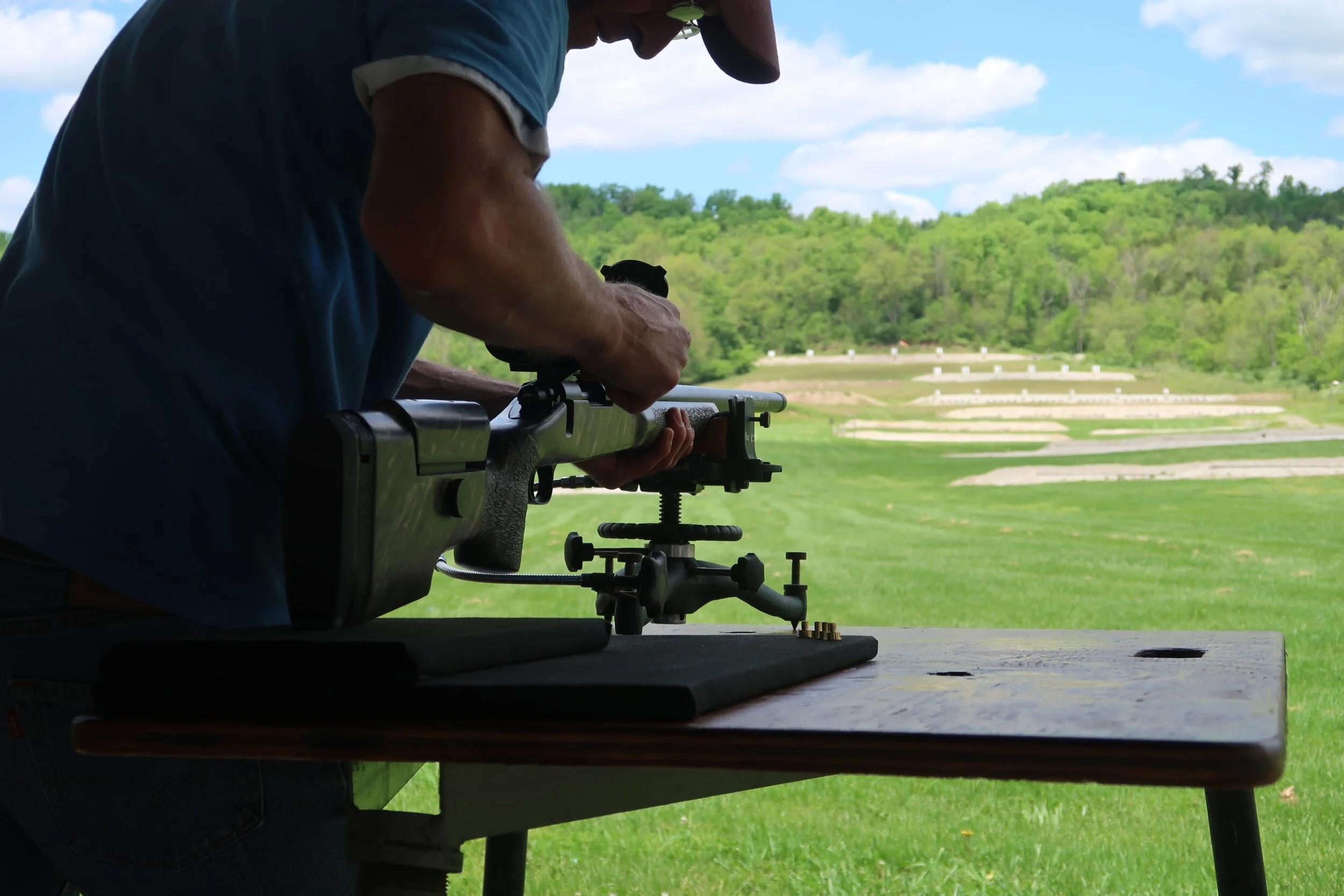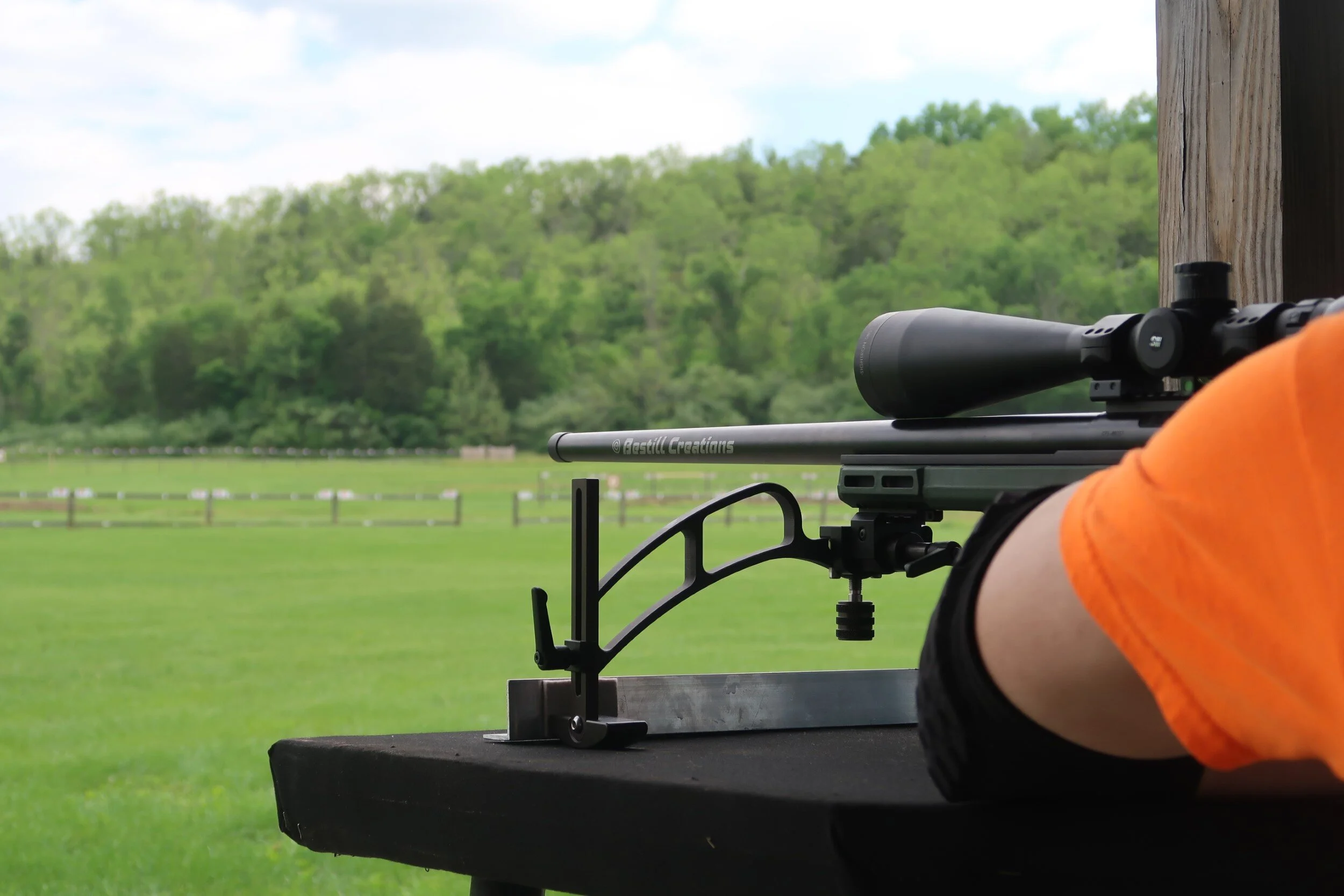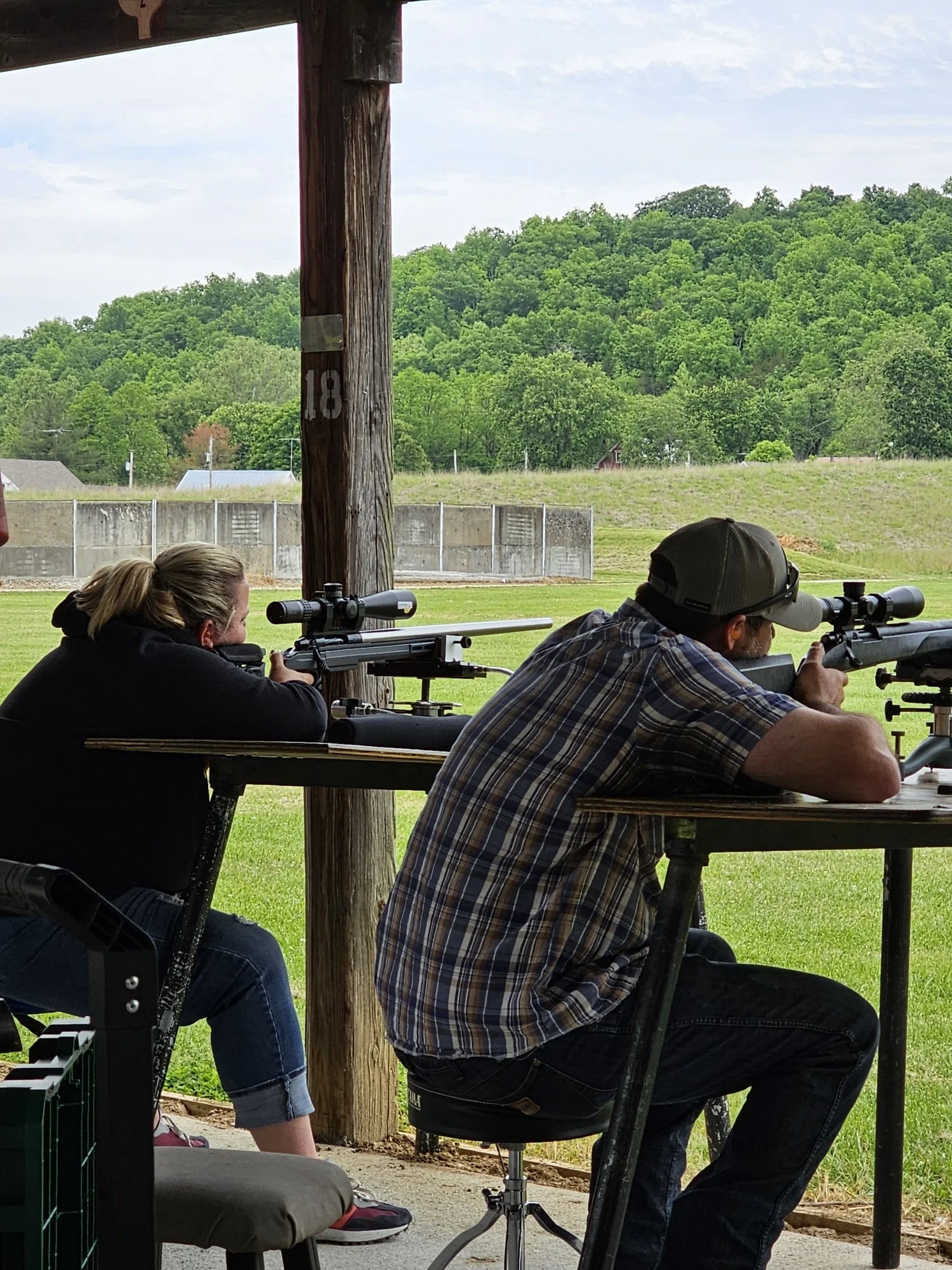What’s the best inline for less than $500?
What type of propellant would you use with the CVA electra for things 150 yards and closer?
How do you minimize the effects of wind on rifle, and wind on body when shooting?
How to make an 18th century money wallet with Jeff Luke | Craftsman's Corner #5
In this installment of Craftsman’s Corner, we’ll be creating a basic “money” wallet to carry your cash, as well as a few modern necessities such as driver’s license, business cards, and that evil plastic, because after all, nothing says farby like whipping out that modern, machine sewn nylon tri-fold to pay for goods at an event
4 Bore Rifle Build with Bill Raby Parts 6.5 & 7
Bill Raby is continuing his 4 bore rifle build on YouTube. He’s uploading videos weekly now as he progresses through this unique build. Be sure to catch his videos for some of the most in-depth build videos currently online.
What thread should I use for different leather projects? | Ask the Experts
The Historic Wolf Hills | John Curry | Muzzle Blasts Excerpts
The following article appeared first in the June 2020 Issue of “Muzzle Blasts Magazine”, the official magazine from the National Muzzle Loading Rifle Association.
“I first set foot in this Green River country in the spring of 1769. Jim Knox, from the Wolf Hills on the Holston, led a party of us into Kentucky to hunt. Folks called us the Long Hunters because we stayed gone such a time. The country was wilderness in those days. But few white men had ever seen it, and none had settled here.”
So begins an unassuming little book called “The Kentuckians”. The great Janice Holt Giles’ epic tale of a young longhunter’s amazing experiences during the late 1760’s in that vast, totally uninhabited expanse known as “the dark and bloody ground”. Lazy High School student that I was, I chose to read The Kentuckians under odious decree of a compulsory, English class, book report. Drat! My selection of this thoroughly astounding tome, owing mainly to its diminutive and insignificant size. Little did I know… Talk about lightning in a bottle! Hah! Right then and there began my irrepressible zeal for the saga of the longhunter which still holds me in its burly grip yet today.
Once anyone becomes seriously entangled amidst the bona fide history of true, classic longhunting; various intriguing references and allusions to this place called “the Wolf Hills” begin to pop up regularly. Arising from the most inauspicious, trifling parties you seldom ever hear about to the best known and most famous woodsmen of that age: “…Daniel Boone, accompanied by several hunters, visited the Holston and camped the first night in what is now known as Taylor’s Valley. On the succeeding day, they hunted down the South Fork of Holston river and traveled thence to what was known as the Wolf Hills, where they encamped the second night near where Black’s Fort was afterwards built. It is interesting to note at this point that Daniel Boone and his companions, immediately after nightfall, were troubled by the appearance of great numbers of wolves, which assailed their dogs with such fury that it was with great difficulty that the hunters succeeded in repelling their attacks and saving the lives of their dogs, a number of which were killed or badly crippled by the wolves. The wolves had their home in the cave that underlies the town of Abingdon. The entrance to this cave is upon the lot now occupied by the residence of Mr. James L. White.” 2 Yes… Actually, the huge entrance to the infamous Wolf Cave of so much extraordinary, longhunting lore, is now wholly contained within the backyard of a beautiful, Victorian house - located in central, downtown Abingdon!
John Curry
To read the full article, subscribe to Muzzle Blasts TODAY
References:
1 Giles, Janice Holt, The Kentuckians, p. 2.
2 Summers, Lewis Preston, Southwest Virginia, 1746- 1786, p.76.
3 Haywood, John, Civil and Political History of the State of Tennessee, p. 55.
4 John D. Shane’s interview with William Clinkenbeard, Filson Club Quarterly, Vol. 2, No. 3, April 1928, p.105.
5 John D. Shane’s interview with John Hedge, Filson Club Quarterly, Vol. 14, No. 3, July 1940, p.181.
The Jeweler's Saw | Gun Making Tools of the 18th Century and Today | Muzzle Blasts
When I was a young man, I apprenticed under a master tool and die maker. In the first two years I worked with him I seldom saw him use a milling machine, he did it all with a file. Being young and headstrong I would often complain, but his reply was always the same: before you can use the mill, you must master the file.
Pattern 1853 Enfield Ammunition | 1stLieutenant Brett Gibbons, Ordnance Corps, USAR
Mark “ValleyReb” Lee shared this document in a Facebook post and we thought it interesting enough to share with all of you!
Frank House on Making a Chasing Hammer
Frank House originally shared this post on the CLA facebook page
Alright Engravers,
Time to think about chasing hammers!
The idea here is to use a very light hammer (mine weighs in at 2.9 oz) with a thin flexible handle as the lighter and faster taps will not only yield a finer and more consistent cut, your gravers will hold out far longer with less breakage of your tip. (More on that later)
To get started, I use machinable brass
and have posted at least one source for 1" stock (photo)
Machine the head to the dimensions provided in the drawing and bore a 3/8" (.375) eye for the handle and then, using a tapered reamer relieve the eye slightly from both the top and bottom so that the handle will "swage" itself into place with a wooden wedge.
The handle dimensions are 1" diameter at the butt or grip end, .300" at the neck or smallest portion and
.400" at the portion that goes through the eye with a slight taper to .375" or 3/8".
I have as well listed a chasing hammer along with the contact info (photo) from Rio Grande that will suffice.
Next up, shaping the graver and sharpening!
Upwards and onwards!
3 Moccassin Patterns and Tutorials
These patterns were shared by Wil Crouch in the “Buckskins & Muzzleloaders, The Life & Times Of The Mountain Men, 1760-1840” Facebook Group. Try making a pair and let us know how it goes!










































